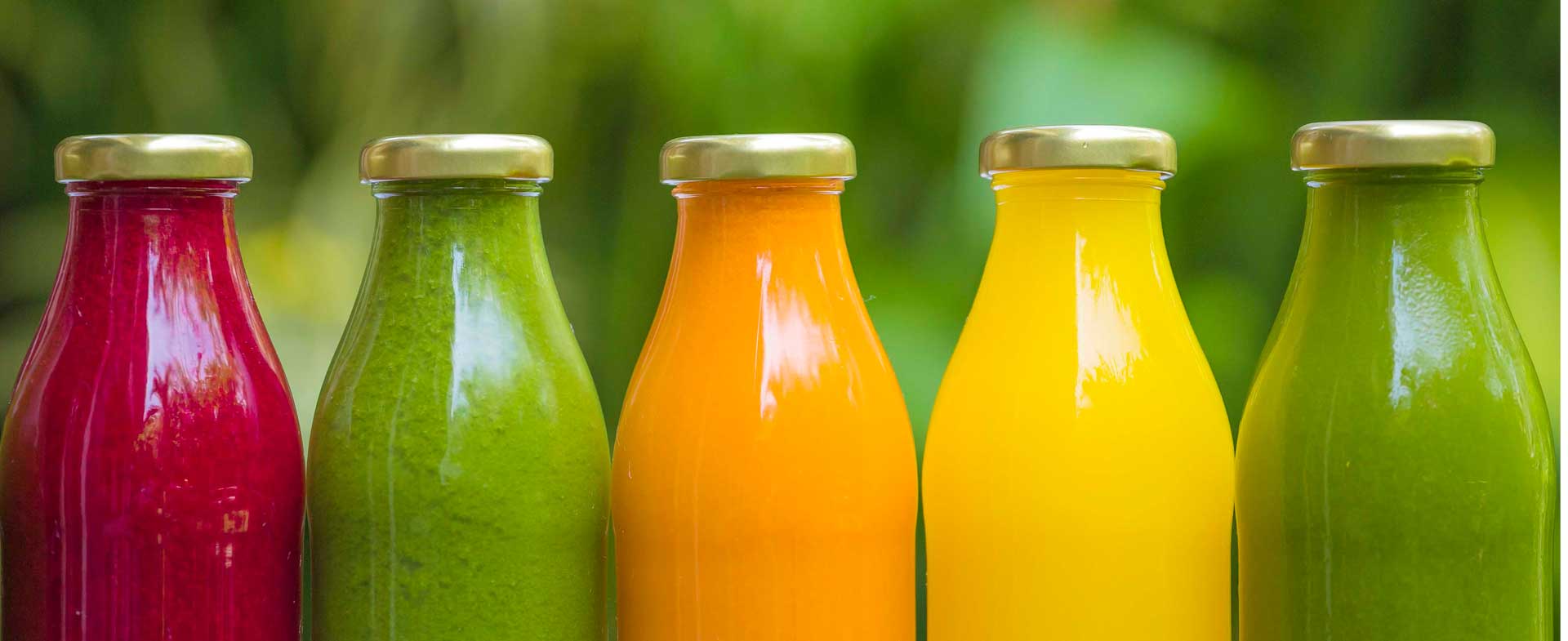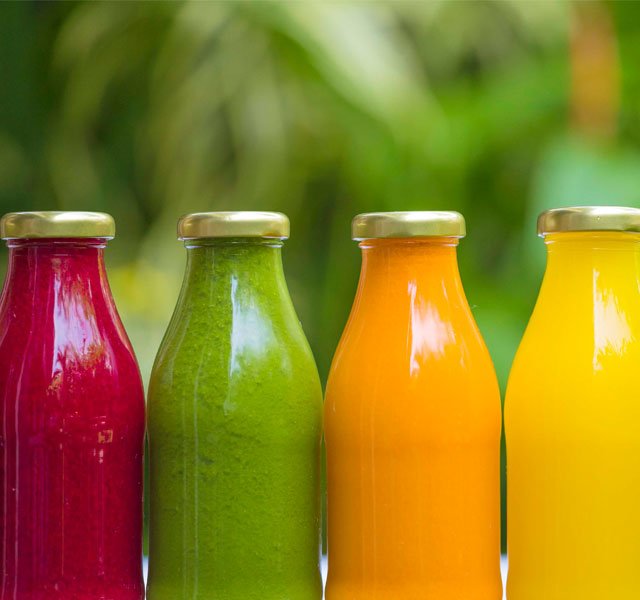Juicing has exploded over the past decade as people become busier than ever and often skimp on sit-down meals. The goal: Gulp down solid nutrition on the go in just a few minutes.
“People think they can just drink their fruits and vegetables instead of eating them,” explains Halle Saperstein, clinical dietitian at Henry Ford Health. The lion’s share of these juice drinks boast fruit, vegetables and other healthy-sounding ingredients — and they’re usually green — so people think they’re healthy.
In reality, most people don’t really know what they’re sipping. In many cases, juice is a dietary landmine.
Juicing Do’s and Don’ts
By definition, juicing means pulverizing fruits and vegetables and filtering out the solids to extract the juice. Sure, it sounds healthy. After all, fruits and vegetables are loaded with vitamins, minerals and disease-fighting chemicals. But these juicy concoctions often contain more sugar than a pint of ice cream.
Before you reach for your next super-sized juice glass, consider Saperstein’s juicing Do’s and Don’ts.
DO
- Limit added sugar: If you’re hitting a food court juice or smoothie bar, you’re probably sipping concentrated sugar. Instead of fresh fruit, many of these stands use pre-blended juice concentrate, such as white grape juice or lemonade. They toss in some ice and blend everything together. The end result: A 22-ounce glass of sugar water. One popular juice chain has a green juice that contains 440 calories and 21 teaspoons of sugar. What to do: Ask the person making your juice to “detox” your drink and strip it of added sugar.
- Emphasize veggies: Vegetables should always play the starring role in juice. Veggies like kale, broccoli and spinach have no sugar and more nutrients than fruit juice, which is essentially sugar water. Want a sweeter drink? Throw in low-sugar fruits, such as berries, apples or pomegranates. Want a sweeter drink? A ripe banana will offer natural sweetness and nutrients. Start with a half and adjust to the sweetness level you desire.
- Watch portions: Most store-bought juice drinks come in oversized cups. Make sure you check the serving size so you know how many calories — and how much sugar — you’re ingesting. Unfortunately, liquid calories don’t fill you up in the same way as whole foods, so paying attention to portion sizes is critical. Want more volume? Cut homemade drinks with extra ice or water.
DON’T
- Swap juice for food: You might think you can sip juices instead of eating real food. But slurping your meals doesn’t offer the same nutrition or satisfaction. In fact, some of the most important nutrients from produce are stripped away when fruits and veggies are juiced. You may get some of the vitamins, minerals and phytonutrients, but in most cases, you won’t be getting the fiber required to help you feel full.
- Add back nutrients: You may be tempted to enhance your juice drink with protein powder, fiber supplements and other nutrients. Unfortunately, your body doesn’t absorb these extras the same way it absorbs nutrients that are naturally in the food.
- Detox with juice: Juice detoxes are common, especially at the start of a new year. Unfortunately, they’re also pricey and there’s no evidence to suggest they’re healthy. Perhaps more important, your body doesn’t need help with detox. Your liver and kidneys are remarkably efficient at getting rid of toxins.
Safer Juicing
Most juices served at franchised juice bars are pasteurized, meaning the juice is heated to destroy potentially harmful bacteria. Otherwise, when produce is squeezed into juice, bacteria on the rind, skin or other external surface can make its way into the finished product.
However, many local smaller juicing establishments may not pasteurize their juice, potentially exposing consumers to harmful bacteria. “This can be especially dangerous for older adults, pregnant women, young children and those battling a chronic condition, as they may have weakened immune systems,” says Saperstein. If you fall into one of these high-risk groups and wish to juice, ONLY purchase pasteurized juices and always check with your doctor to be sure this is a safe practice for you.
Still want to squeeze more fruits and vegetables into your diet? Make fresh juices at home and go heavy on leafy greens. Wash fruits and vegetables before you peel, cut and juice them. And again, always be sure to check with your doctor before going on a juice regimen, particularly if you have diabetes or other medical conditions.
To find a registered dietitian at Henry Ford, visit henryford.com or call 1-800-HENRYFORD (436-7936).
Halle Saperstein, RD, is a clinical dietitian at Henry Ford West Bloomfield Hospital and enjoys teaching the importance and benefits of a healthy diet.



